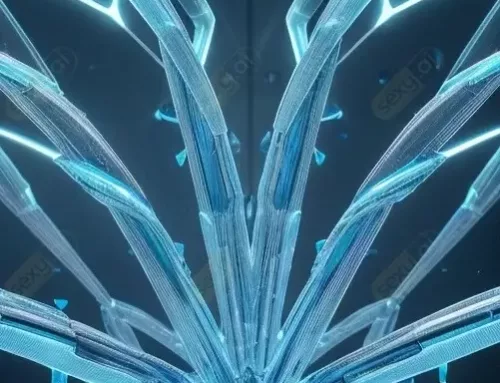The carbon dioxide challenge
In carbon dioxide electroreduction (CO2ER), researchers have struggled with low carbon efficiency. This challenge has hindered the industrialization of this promising technology. However, a recent breakthrough offers a revolutionary solution. It achieves over 96% carbon efficiency in converting highly concentrated bicarbonate solutions into solid formate fuel
Low carbon efficiency hurdles
The predominant issue in traditional anion exchange membrane (AEM) CO2 electrolyzers lies in their low carbon efficiency, often below 10%. Over the past four decades, despite significant advancements in catalyst development to enhance Faradaic efficiency for CO2ER, the technology has not yet reached industrialization due to critical challenges, with carbon efficiency being a primary stumbling block.
In a groundbreaking study, researchers elucidated the root cause of low carbon efficiency in liquid bicarbonate electrolyzers. They utilized thermodynamic calculations to pinpoint the challenges and then implemented a multifaceted approach to overcome them. The key elements of their success include adopting a near-neutral-pH cation exchange membrane, introducing a glass fiber intermediate layer, and implementing carbon dioxide (gas) partial pressure management.
Remarkable Results
The results were nothing short of remarkable. The team successfully converted highly concentrated bicarbonate solution into solid formate fuel with an astounding yield of greater than 96%. This achievement represents a significant leap towards overcoming the carbon efficiency bottleneck that has plagued CO2ER technologies.
To validate their findings, the researchers conducted a device test, running the electrolyzer at 100 mA cm−2 with a full-cell voltage of 3.1 V for an impressive duration of over 200 hours. This extended operational period underscores the stability and viability of the proposed solution in practical applications.
Integrating Capture and Electroreduction
CO2 electroreduction, seen as a promising strategy for utilizing CO2 while concurrently reducing atmospheric carbon, has faced challenges in achieving high carbon efficiency. Traditional methods often involved capturing CO2 separately from its utilization, leading to energy-intensive processes and low overall efficiency. The recent breakthrough addresses this issue by integrating the capture and electroreduction processes, eliminating the need for solid-state thermal regeneration and significantly reducing the capital cost associated with these systems.
Bipolar-Membrane (BPM) Advancements
The use of a bipolar-membrane (BPM) electrolyzers with aqueous bicarbonate input further contributes to the success of the approach. By circumventing the energy-intensive CO2 regeneration process, the researchers successfully avoided a major bottleneck. However, challenges persisted with BPM electrolyzers, including high overpotential, low energy efficiency, and issues related to CO2 escape, low Faradaic efficiency, yield, and operational lifespan.
The team’s focus on retaining a relatively low pH in the system proved to be crucial. Maintaining low pH facilitated the promotion of CO2ER, as H+(aq) played a pivotal role in converting inactive HCO3− into reactive CO2. Additionally, H+(aq) balanced solution pH, is essential for achieving high carbon efficiency.
Paving the Way for Sustainable CO2 Utilization
This breakthrough not only pushes the boundaries of CO2ER technology but also holds promise for its eventual industrialization. With carbon efficiency exceeding 96%, this innovative approach could pave the way for more sustainable and commercially viable CO2 utilization strategies, marking a significant milestone in global efforts to combat climate change.




